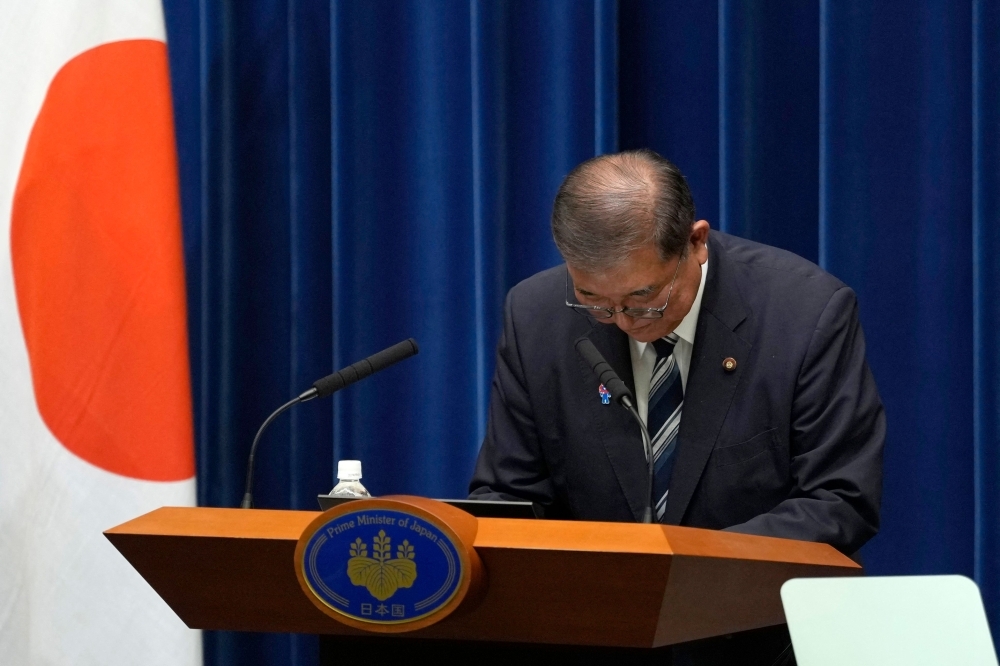TOKYO, Sept 8 — In a moment that has sent ripples through Japan’s political landscape and financial markets, Prime Minister Shigeru Ishiba stepped down, citing responsibility for his party’s recent electoral bruising. His sudden departure has thrown the country into a whirlwind of speculation, uncertainty—and hope.
Former Foreign Minister Toshimitsu Motegi wasted no time. At 69, the seasoned politician became the first to declare his candidacy, stepping forward to restore unity and direction. “The Liberal Democratic Party is facing its worst crisis since its founding,” Motegi told reporters with a sense of urgency. “We must unite quickly to tackle our serious challenges at home and abroad and move the country forward.”
Ishiba’s resignation came after his party lost its majority in both houses of parliament, with many voters expressing deep frustration over rising living costs and a fragile economy.
In response, the ruling Liberal Democratic Party (LDP), which has led Japan through much of its post-war history, will hold an emergency leadership election on October 4, according to local broadcaster TBS.
As Tokyo digested the news, financial markets reacted sharply—stocks surged, while the yen fell. Investors are now eyeing the next leader with intense interest, particularly on whether they will continue cautious economic policy or pivot towards aggressive fiscal spending.
Two names dominate the chatter: Sanae Takaichi, 64, who could become Japan’s first female prime minister, and Shinjiro Koizumi, 44, a charismatic political heir who would be the youngest leader in modern Japanese history. Though neither has officially declared candidacy, both came close in the previous party leadership race just a year ago, finishing second and third respectively.
Chief Cabinet Secretary Yoshimasa Hayashi is also expected to enter the race, adding further weight to an already intense contest.
A Defining Choice Ahead
Takaichi’s policy positions, particularly her resistance to Bank of Japan’s interest rate hikes and her vocal support for increased government spending, have caught the attention of both domestic and global investors. In a time of economic fragility, her leadership could mark a significant pivot toward stimulus-heavy strategies.
Her candidacy would also have implications beyond Japan’s borders. Takaichi is known for her conservative views—she frequently visits the controversial Yasukuni Shrine and has called for constitutional reforms that would allow a more assertive military. Earlier this year, she made headlines by visiting Taiwan and proposing a “quasi-security alliance” with Japan and other regional partners, a move that could provoke further tension with China.
“China might take a more hostile stance towards Japan, because she depicts herself as very much a hawk regarding China,” said Jeffrey Hall, a lecturer in Japanese studies at Kanda University of International Studies.
For now, Japan finds itself at a crossroads. The leadership election is more than just a political reshuffle—it’s a defining moment that could reshape the country’s economic path, foreign policy stance, and its identity on the world stage.
One thing is certain: October 4 will be a day to watch not just for Japan, but for the global community.







